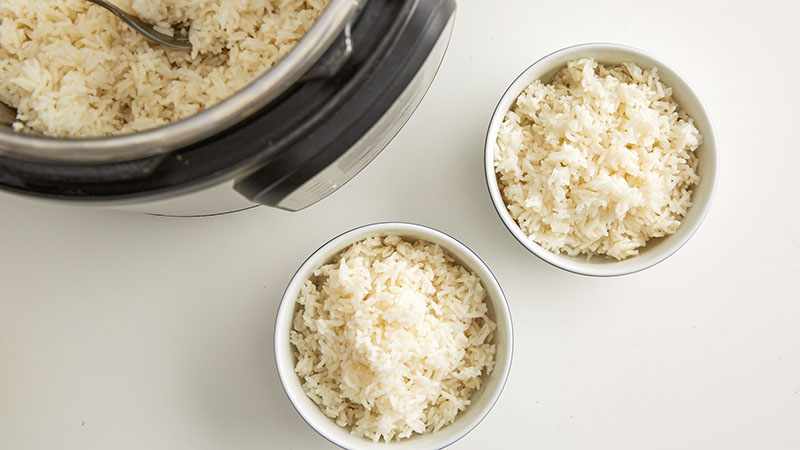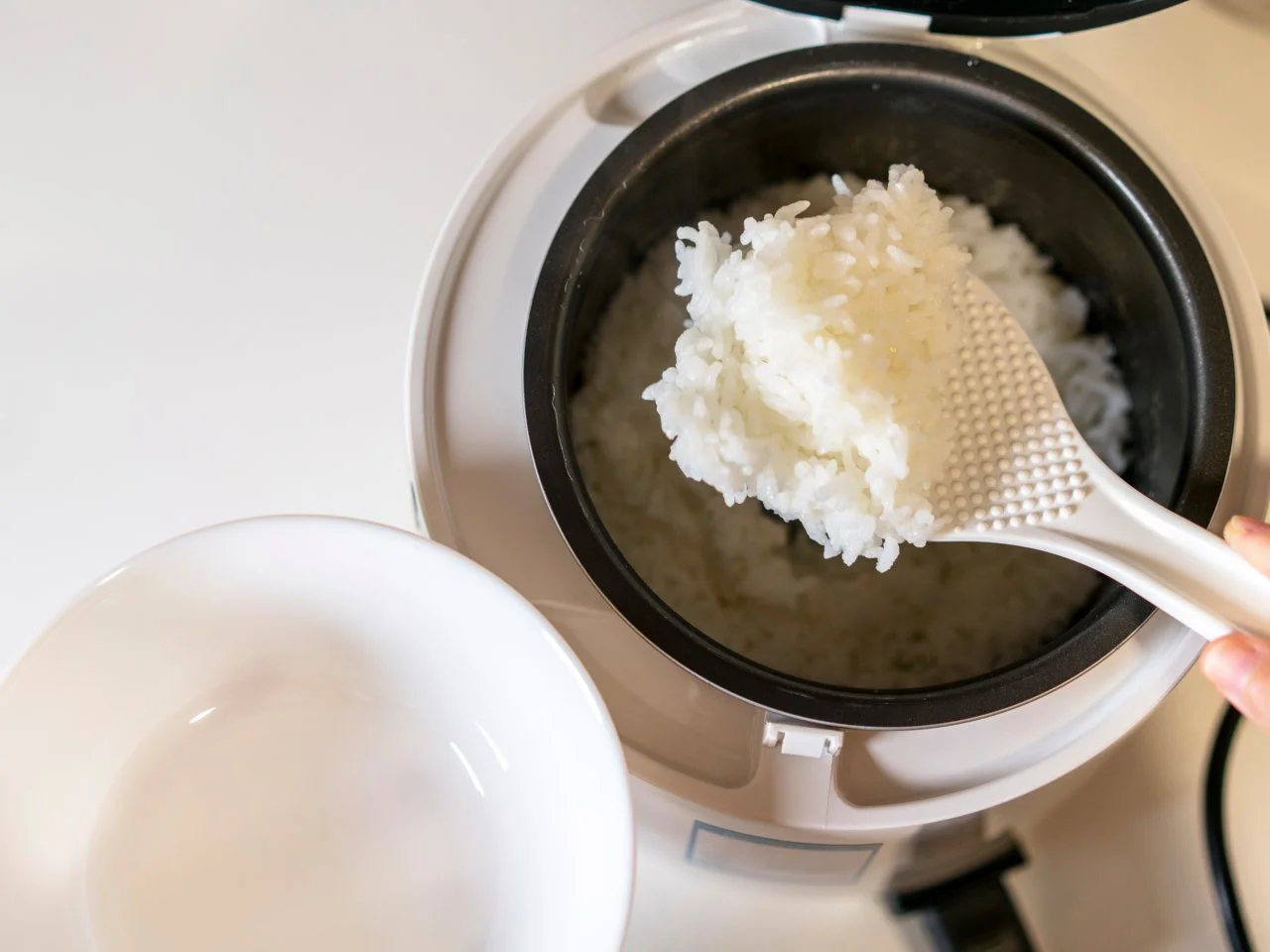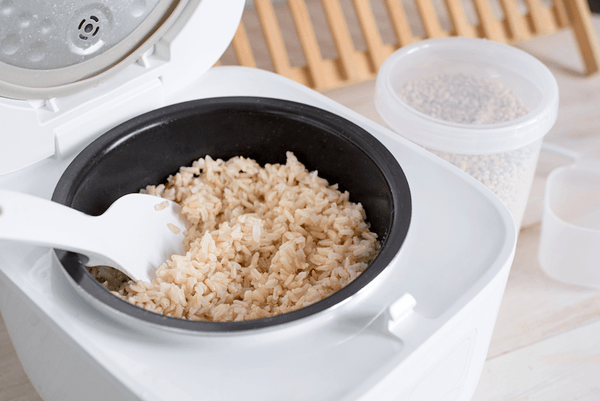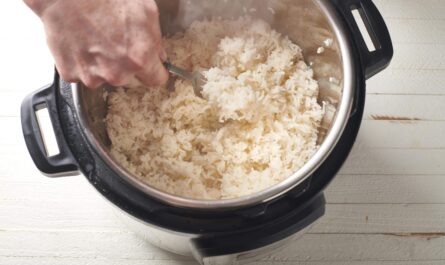A well-maintained rice cooker is essential for sushi lovers who rely on perfectly cooked rice. One of the key aspects of maintenance is knowing how to descale a rice cooker. Over time, mineral deposits from water can build up inside your rice cooker, affecting its performance and the taste of your rice.
In this article, we will guide you through the process of descaling your rice cooker, ensuring it remains in top condition for every sushi-making session. Regular maintenance is crucial, and with our tips, you’ll be descaling like a pro in no time.

Understanding the Importance of Descaling
Descaling is the process of removing mineral deposits that accumulate over time. These deposits can hinder the efficiency of your rice cooker, making it crucial to descale regularly. Not only does it improve performance, but it also extends the life of your appliance. For more on the importance of maintaining your rice cooker, check out our guide on cleaning a rice cooker.
Signs Your Rice Cooker Needs Descaling
1. Longer Cooking Times
If your rice cooker is taking longer than usual to cook rice, it might be time to descale. Mineral deposits can affect the heat distribution, leading to uneven cooking.
2. Unpleasant Odors
Notice any strange smells coming from your rice cooker? This could be a sign of mineral buildup. Descaling helps eliminate these odors, ensuring your rice tastes fresh.
3. Residue in Cooked Rice
Finding residue in your cooked rice? This is often a result of mineral deposits mixing with the water during cooking. Descaling removes these unwanted elements.
How Often Should You Descale?
The frequency of descaling depends on your usage and the hardness of your water. For frequent rice cooker users, especially those making sushi regularly, descaling every 1-2 months is recommended.
Materials Needed for Descaling
- White Vinegar or Lemon Juice
- Water
- Soft Cloth or Sponge
- Non-abrasive Brush
Step-by-Step Guide on How to Descale a Rice Cooker
Step 1: Unplug and Cool Down
Before you begin, ensure the rice cooker is unplugged and has completely cooled down.
Step 2: Prepare the Descaling Solution
Mix equal parts of water and white vinegar or lemon juice. This solution is effective in breaking down mineral deposits.
Step 3: Fill the Rice Cooker
Pour the descaling solution into the rice cooker’s inner pot. Ensure it covers the heating element.
Step 4: Let it Sit
Allow the solution to sit for about 30 minutes. This gives it time to dissolve the mineral buildup.
Step 5: Scrub Gently
Use a soft cloth or sponge to gently scrub the inner pot. For stubborn deposits, a non-abrasive brush can be used.
Step 6: Rinse Thoroughly
Rinse the inner pot with clean water multiple times to ensure all vinegar or lemon juice residue has been removed.
Step 7: Dry Completely
Use a dry cloth to wipe the inner pot and let it air dry completely before using it again.
Additional Tips for Maintenance
Regular cleaning is essential. After each use, wash the inner pot with warm soapy water. For more detailed cleaning tips, you can visit how to clean a rice cooker.
Choosing the Right Water
Using filtered or distilled water can reduce mineral buildup, prolonging the time between descaling sessions. Learn more about how water quality affects your rice cooking experience at rice cooker electricity usage.
When to Seek Professional Help
If you notice persistent issues even after descaling, it might be time to consult a professional or consider replacing your rice cooker. For insights on the differences between rice cookers and alternatives, check out rice cooker vs pressure cooker.
Frequently Asked Questions
1. Can I use baking soda to descale my rice cooker?
While baking soda can be effective for cleaning, vinegar or lemon juice is recommended for descaling due to their acidic properties.
2. How do I know if my rice cooker is completely descaled?
After descaling, the rice cooker should operate more efficiently, and any previous signs of mineral buildup should be resolved.
3. Can descaling damage my rice cooker?
No, descaling is a safe process that, when done correctly, helps maintain and prolong the life of your rice cooker.

Conclusion
Knowing how to descale a rice cooker is an essential skill for anyone who loves sushi and wants to enjoy perfectly cooked rice every time. Regular maintenance not only enhances the performance of your rice cooker but also ensures that every sushi roll is as delicious as the last. For more on rice cooker features and comparisons, visit Panasonic’s rice cooker features and for top recommendations, check out Bon Appetit’s best rice cookers.
This article contains affiliate links. We may earn a commission at no extra cost to you.




